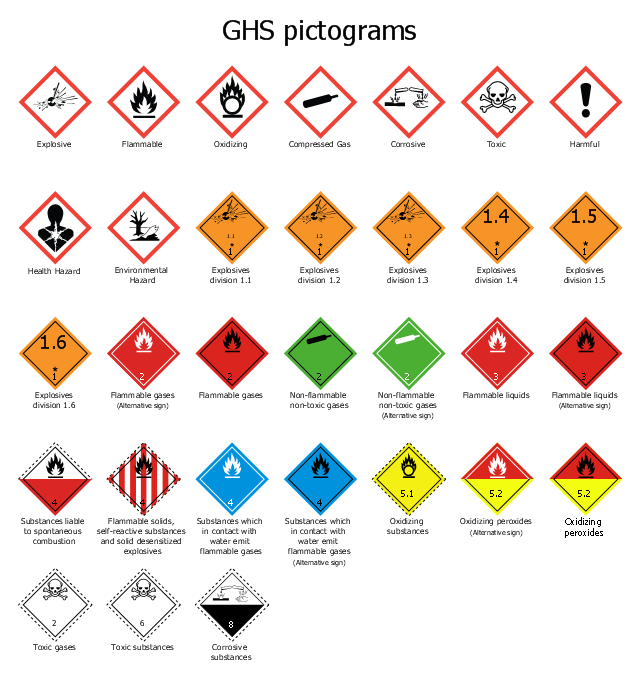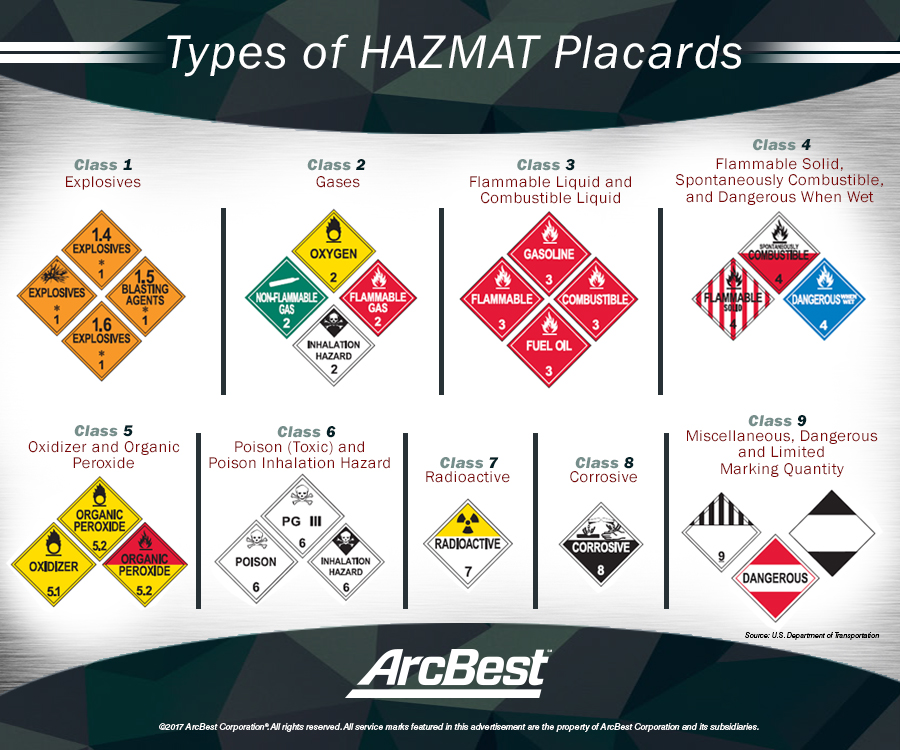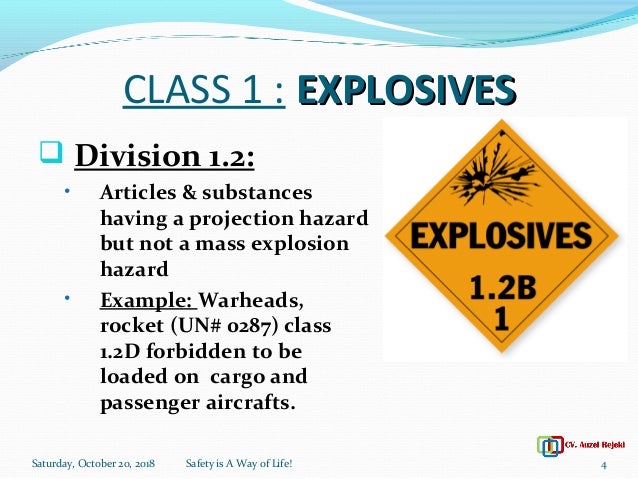The picture below shows hazard symbols for Class 3 dangerous goods. Explosive mixtures with air.

Classes Dangerous Goods International
Direct Reduced Iron is classified as MATERIAL HAZARDOUS IN BULK under The International Maritime Solid Bulk Cargoes IMSBC Code.

Class 4.3 dangerous goods examples. They must be kept in watertight containers hermetically sealed to avoid the entry of moisture or water vapour. Substances which by interaction with water are liable to become spontaneously flammable or to give off flammable gases in dangerous quantities. 06012020 Unlike the common combustible or flammable solids Dangerous Goods Class 4 Division 43 are dangerous when wet.
Other similar materials can also spontaneously combust when they are wet or soaked. Commonly Transported Division 43 materials Alkali metals. Class 7 Radioactive Material.
The Dangerous Goods List entry specifies segregation as for class 3 but away from classes 3 41 and 8. 14122012 UN 2965 BORON TRIFLUORIDE DIMETHYL ETHERATE class 43. Class 3 Flammable Liquids.
This can be ignited by the heat of the reaction. MAGNESIUM DIAMIDE UN 2004. Class 1 Explosives.
Class 8 Corrosive Substances. POTASSIUM METAL ALLOYS SOLID. POTASSIUM SODIUM ALLOYS SOLID.
FUEL CELL CARTRIDGES or FUEL CELL CARTRIDGES CONTAINED IN EQUIPMENT or FUEL CELL CARTRIDGES PACKED WITH EQUIPMENT containing water-reactive substances. Class 43 Dangerous when wet. Division 43 Substances which in contact with water emit flammable gases Dangerous when wet.
Flammable Solids or Substances. Some of the most common examples are pure alkali metals which consist. FREE Dangerous Goods DVD.
43 I BE X423. Lithium aluminium hydride ethereal Magnesium powderalloys Potassium metal alloys. Aluminium phosphide in crystal form Aluminium powders.
Class 2 Gases. Such mixtures are easily ignited by all ordinary sources of ignition for example naked. IMO Classes for Dangerous Goods.
05062014 Examples of Division 43 include sodium lithium and zinc dust. Commonly transported class 3 dangerous goods include acetone adhesives paints gasoline perfume ethanol methanol and some pesticides with flammable solvents. Class 3 Dangerous Goods Label.
Class 5 Oxidizing Substances and Organic Peroxides. Class 9 Miscellaneous Dangerous Substances. Class 4 Flammable Solids.
For the purposes of establishing the segregation provisions applicable in 72116 the class 3 column shall be consulted. These materials emit a flammable gas when they experience contact with water. 43 I BE 3476.
02122015 Packing Group of Class 43. Division 43 - Substances Which In Contact With Water Emit Flammable Gases This division is comprised of substances which when in contact with water may emit flammable gases that can form. Division 43 goods react with water either as liquid or as vapour and generate flammable gas.
Substances which in contact with water emit flammable gases. Dangerous Goods Class 5 Oxidizing Substances and Organic Peroxides Class 5 is made up of 2 divisions. 07012016 Class 3 Dangerous Goods Examples.
Substances which in contact with water emit flammable gases Class 4 Dangerous Goods Examples Commonly transported class 4 dangerous goods include sulphur matches activated carbon alkali metals and some metal powders. Also the term. More info about the marking and labelling of.
Oxidizing substances agents by yielding oxygen increase the risk and intensity of fire. There are substances which are outside the classification criteria of Class 43 but still dangerous when carried in large quantities such as Direct Reduced Iron DRI. Class 6 Toxic and Infectious Substances.

Dangerous Goods Awareness And Handling Safety

Dangerous Goods Logistics Operational Guide Log Digital Logistics Capacity Assessments

Dangerous Goods Awareness And Handling Safety

Flammable Solids Dangerous Goods Class 4 Blog Tera Logistics

Class 4 3 Substances Which In Contact With Water Emit Flammable Gasessimplifying Imdg Code

Understanding Hazmat Placards Arcbest
Hazard Class 101 Know How To Categorize Your Hazardous Materials

Dangerous Goods Awareness And Handling Safety

Hazardous Cargo Freight And Global Transport

0 comments:
Post a Comment